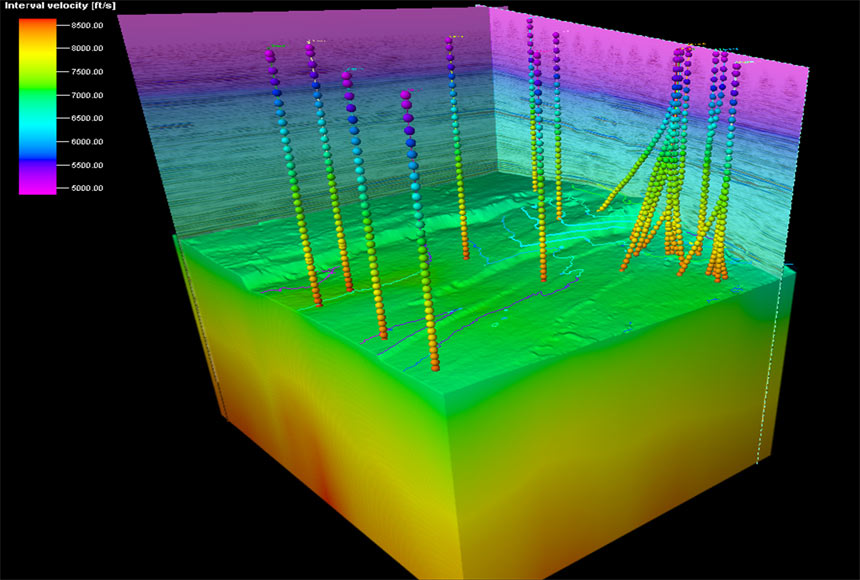In the realm of geophysics, understanding the subsurface structure of the Earth is essential for various industries, including oil and gas exploration, mining, and environmental studies. Depth conversion petrel, a crucial technique in geophysical exploration, plays a pivotal role in translating seismic data from two-dimensional (2D) or three-dimensional (3D) time-domain representations into accurate depth-domain models. This process allows geoscientists to unravel the complexities of the Earth’s subsurface with precision and clarity, unlocking valuable insights for resource exploration and reservoir characterization. Let’s delve into the intricacies of depth conversion seismic and explore its significance in the field of geophysics.
Table of Contents
The Basics of Depth Conversion
Depth conversion is a method used to convert seismic data, typically acquired in the time domain, into depth-domain representations. In seismic exploration, sound waves are sent into the Earth’s subsurface, and the time it takes for these waves to travel through different geological layers and reflect to the surface is recorded. This data is initially interpreted in the time domain, providing information about the subsurface in terms of travel time.
However, to accurately assess subsurface structures such as geological formations, faults, and reservoirs, it’s essential to convert this time-domain data into depth-domain models. Depth conversion involves integrating additional information, such as velocity models derived from well logs or seismic velocities, to accurately map seismic reflectors and features in depth.
Challenges and Considerations
Depth conversion poses several challenges due to the complex nature of the subsurface and uncertainties associated with seismic data interpretation. Variations in rock properties, velocity changes, and structural complexities can impact the accuracy of depth conversion models. Additionally, uncertainties in velocity estimation and velocity modelling techniques can introduce errors into depth conversion results.
To mitigate these challenges, geoscientists employ advanced algorithms, velocity modelling techniques, and geostatistical approaches to refine depth conversion models and minimize inaccuracies. Iterative processes, incorporating well data and seismic attributes, are often employed to calibrate velocity models and improve the accuracy of depth conversion results.
Applications and Significance
Depth conversion plays a crucial role in various geophysical applications, particularly in oil and gas exploration and reservoir characterization. Accurate depth-domain models provide valuable insights into subsurface structures, reservoir geometry, and stratigraphic relationships, enabling geoscientists to make informed decisions regarding drilling locations, reservoir management, and resource estimation.
In addition to its applications in the oil and gas industry, depth conversion is also utilized in other fields such as mining, geothermal exploration, and environmental studies. By accurately mapping subsurface structures and geological features, depth conversion facilitates a comprehensive understanding of the Earth’s subsurface, supporting informed decision-making and resource management practices.
Conclusion: Navigating the Depths with Precision
Depth conversion is a fundamental technique in geophysical exploration, enabling geoscientists to translate seismic data into accurate depth-domain models of the Earth’s subsurface. By leveraging advanced algorithms, velocity modelling techniques, and geostatistical approaches, depth conversion provides valuable insights into subsurface structures and geological features, with applications ranging from oil and gas exploration to environmental studies. As technology continues to advance, depth conversion techniques will play an increasingly vital role in unravelling the mysteries of the Earth’s subsurface and unlocking its vast potential for exploration and resource management.








